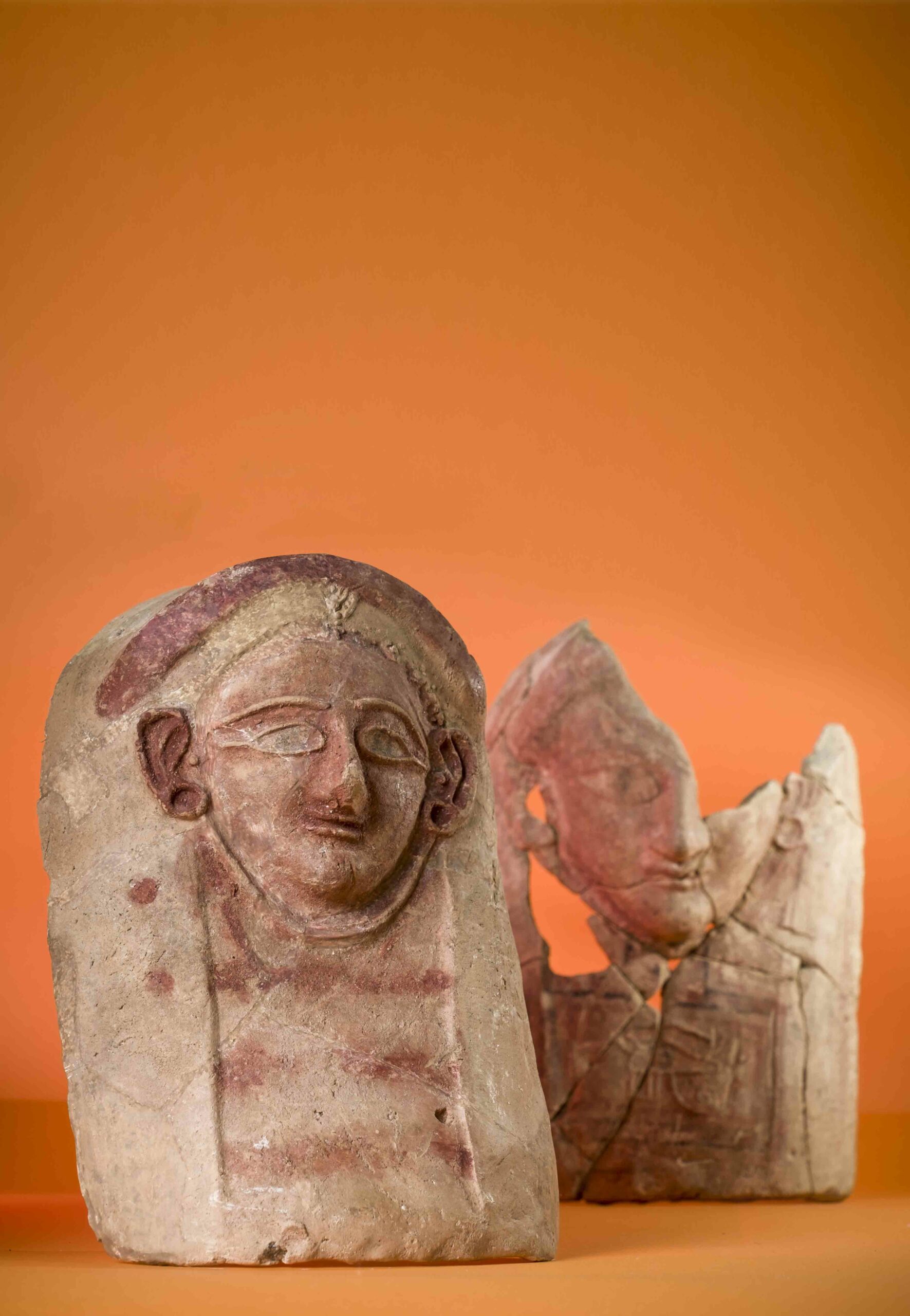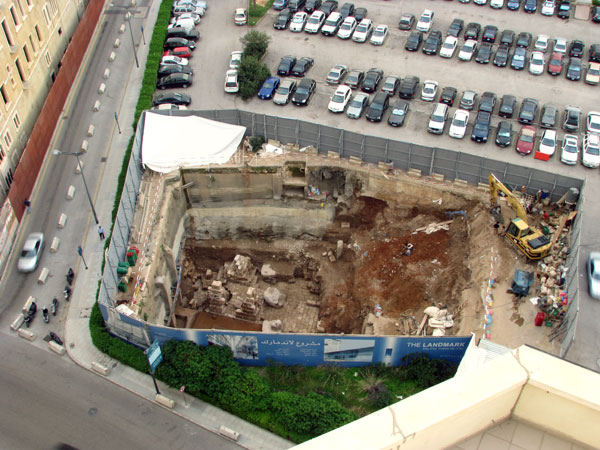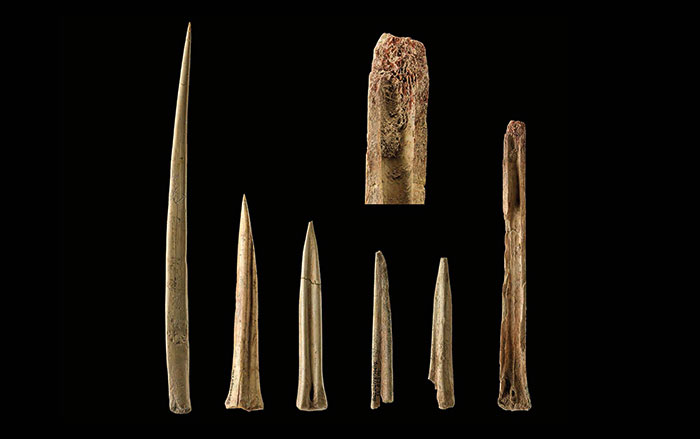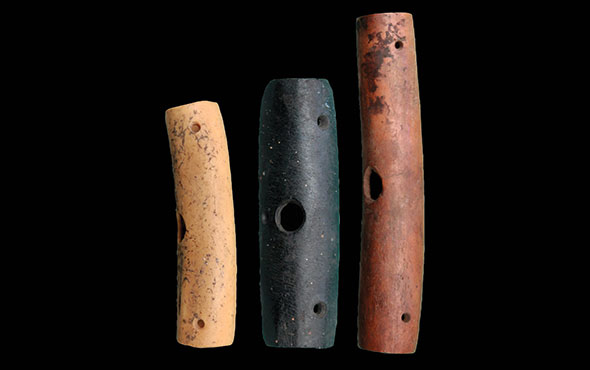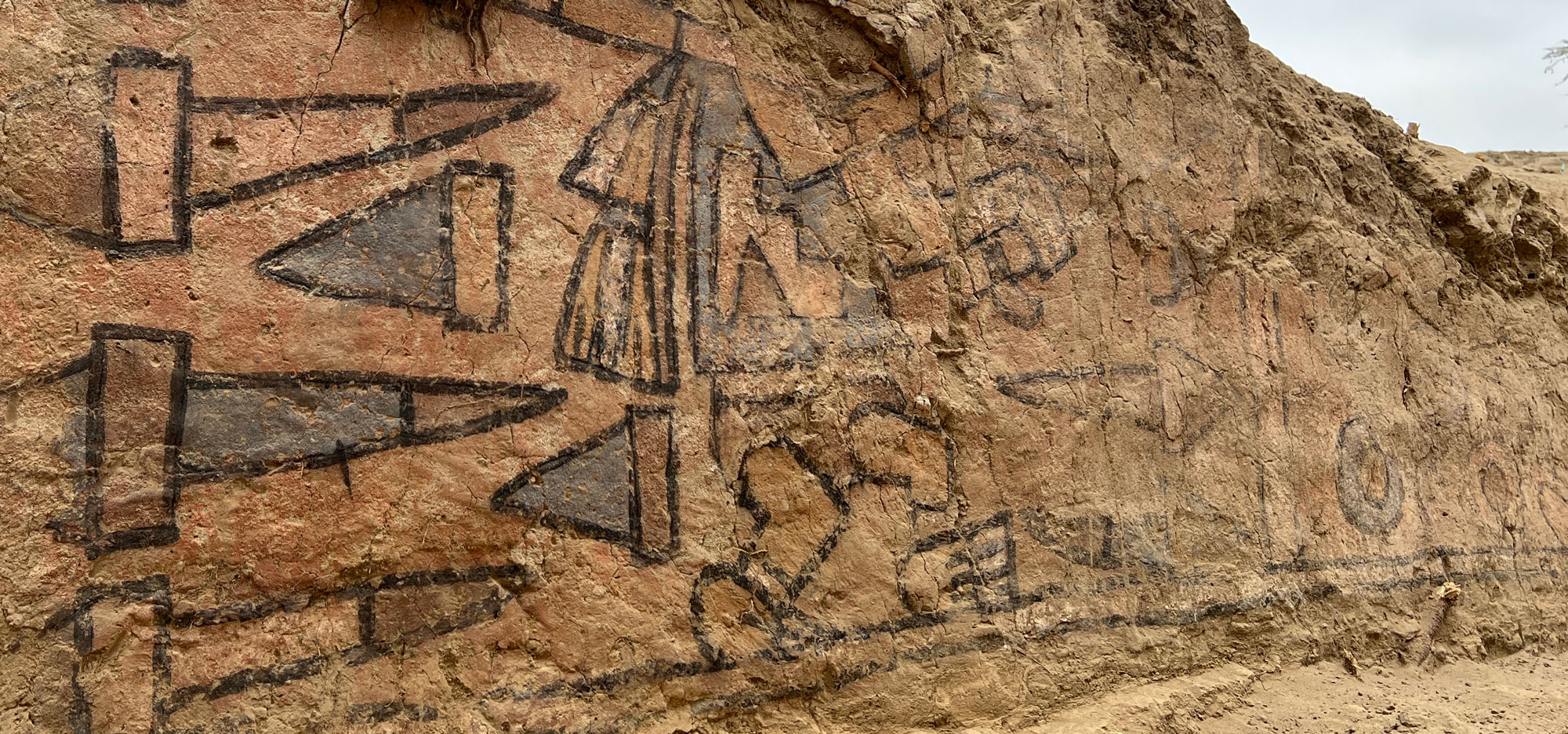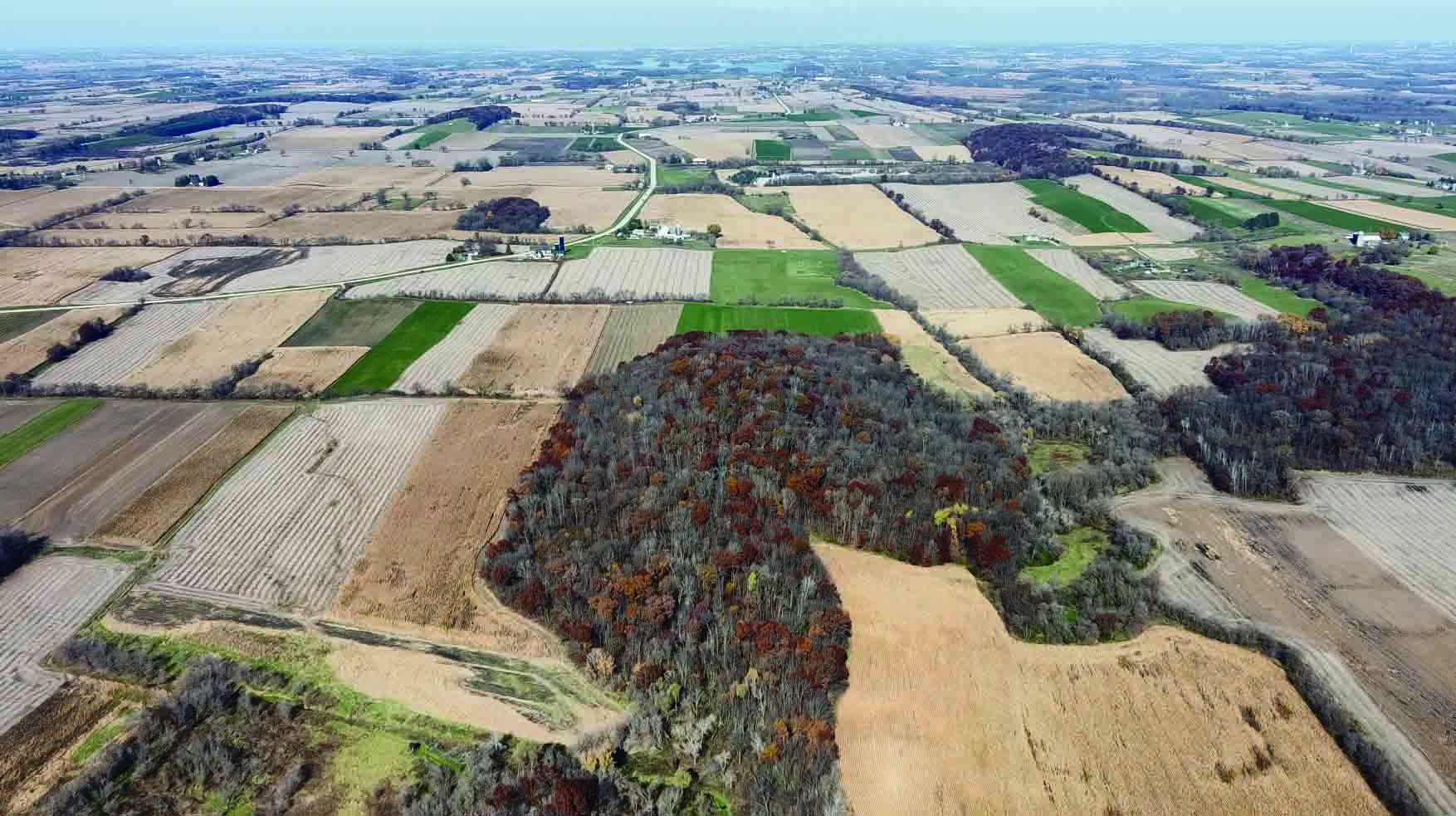
Some three decades ago, historian Charles Werth learned from a relative that there were Native American mounds on wooded property owned by his extended family near the town of Lebanon in southern Wisconsin’s Dodge County. But during his own visit to the purported site, Werth was unable to discern any features in the rolling landscape that appeared to have been created by people. Now retired, he used a drone in 2022 to photograph the woods in question and shared his images on social media forums dedicated to the area’s history.
Archaeologist Kurt Sampson, curator of the Dodge County Historical Society Museum, was able to match Werth’s images with lidar imagery of the same coordinates and quickly identified two sites known as effigy mounds that were formed in the shape of animals. “The effigy mound shapes are so distinctive they are easily distinguished from natural features,” says Sampson. “They jumped right out.” Constructed to resemble a panther and a tadpole, the mounds were likely built between A.D. 600 and 1100 by ancestors of the Ho-Chunk people, whose traditional territory includes southern Wisconsin. Werth returned to the site to confirm the discovery. “When I went back, I realized that those nebulous mounds I had traversed years ago had discernible shape to them,” he says. Werth and Sampson are now working with the landowner and representatives of the Ho-Chunk Nation to preserve the mounds.




